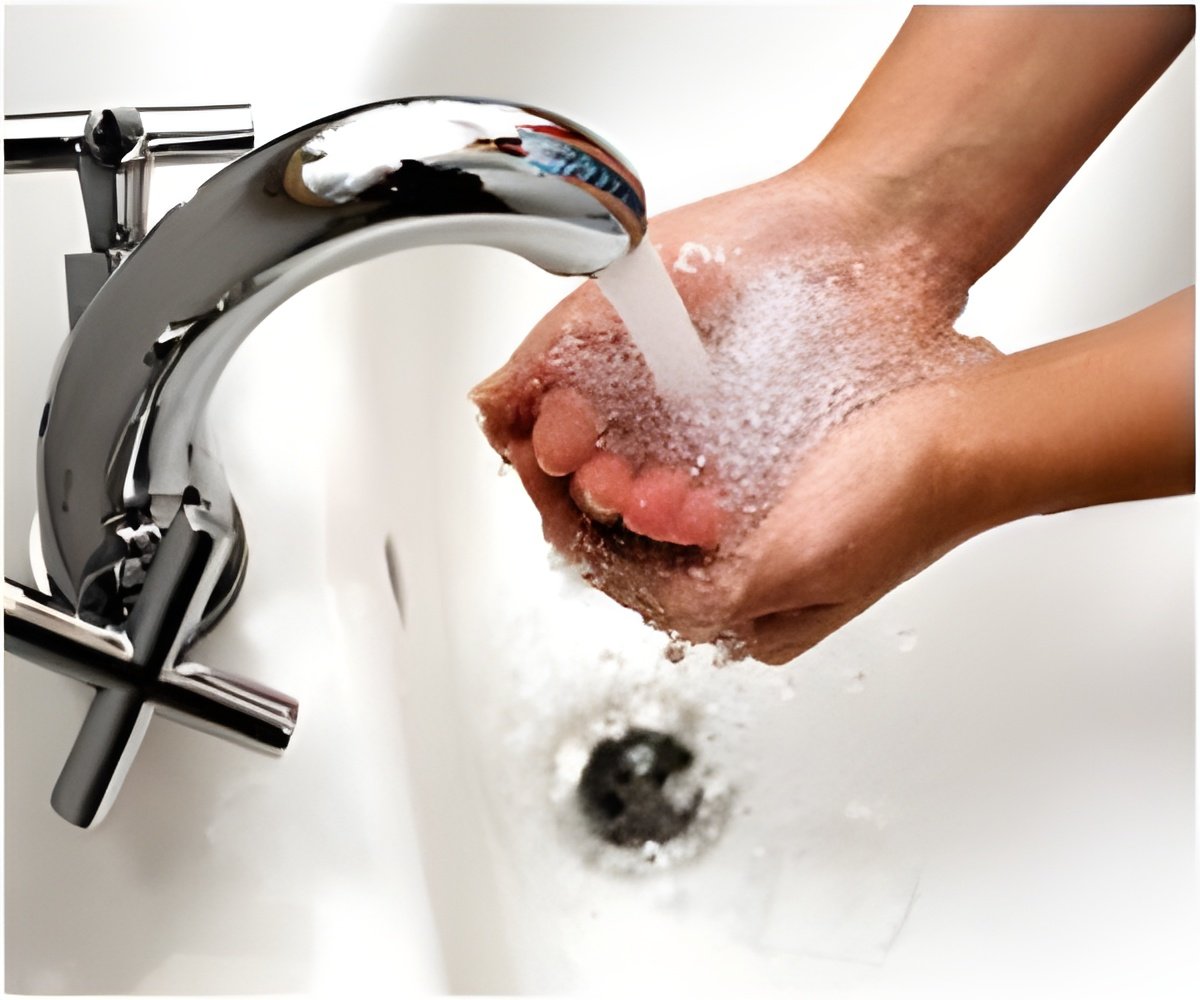The six-step hand-hygiene technique recommended by the WHO is superior to a three-step method suggested by the U.S. CDC in reducing bacteria on hands.

‘The six-step hand-hygiene technique recommended by the World Health Organization is superior to a three-step method suggested by the U.S. CDC in reducing bacteria on healthcare workers' hands.’





During the randomized controlled trial in an urban, acute-care teaching hospital, researchers observed 42 physicians and 78 nurses completing hand-washing using an alcohol-based hand rub after delivering patient care. The six-step technique was determined to be microbiologically more effective for reducing the median bacterial count (3.28 to 2.58) compared to the three-step method (3.08 to 2.88). However, using the six-step method required 25% more time to complete (42.50 seconds vs. 35 seconds). "One of the interesting incidental findings was that compliance with the six-step technique was lacking. Only 65% of providers completed the entire hand hygiene process despite participants having instructions on the technique in front of them and having their technique observed. This warrants further investigation for this particular technique and how compliance rates can be improved," said Reilly.
The researchers recommend authors of international guidance should consider this evidence when making official recommendations on best practices in hand hygiene.
Source-Eurekalert







